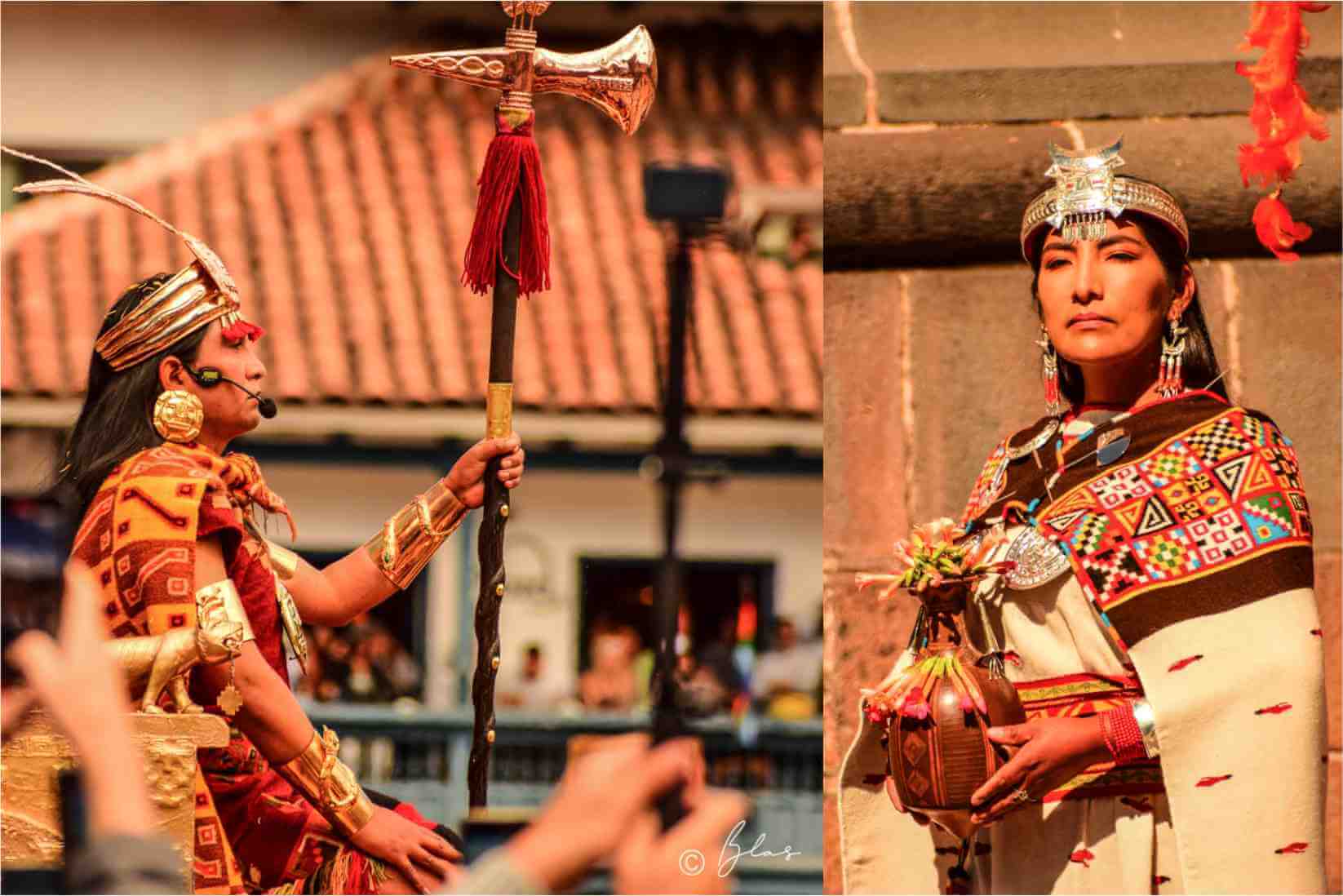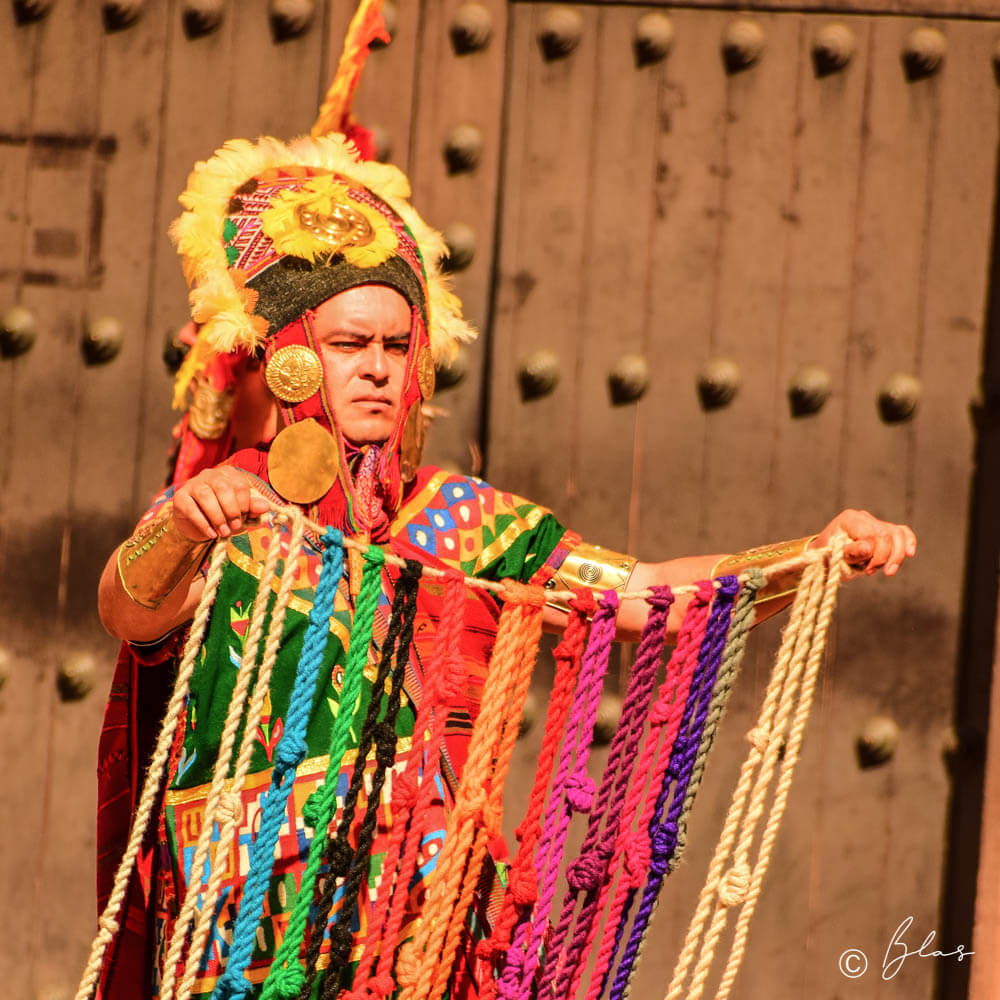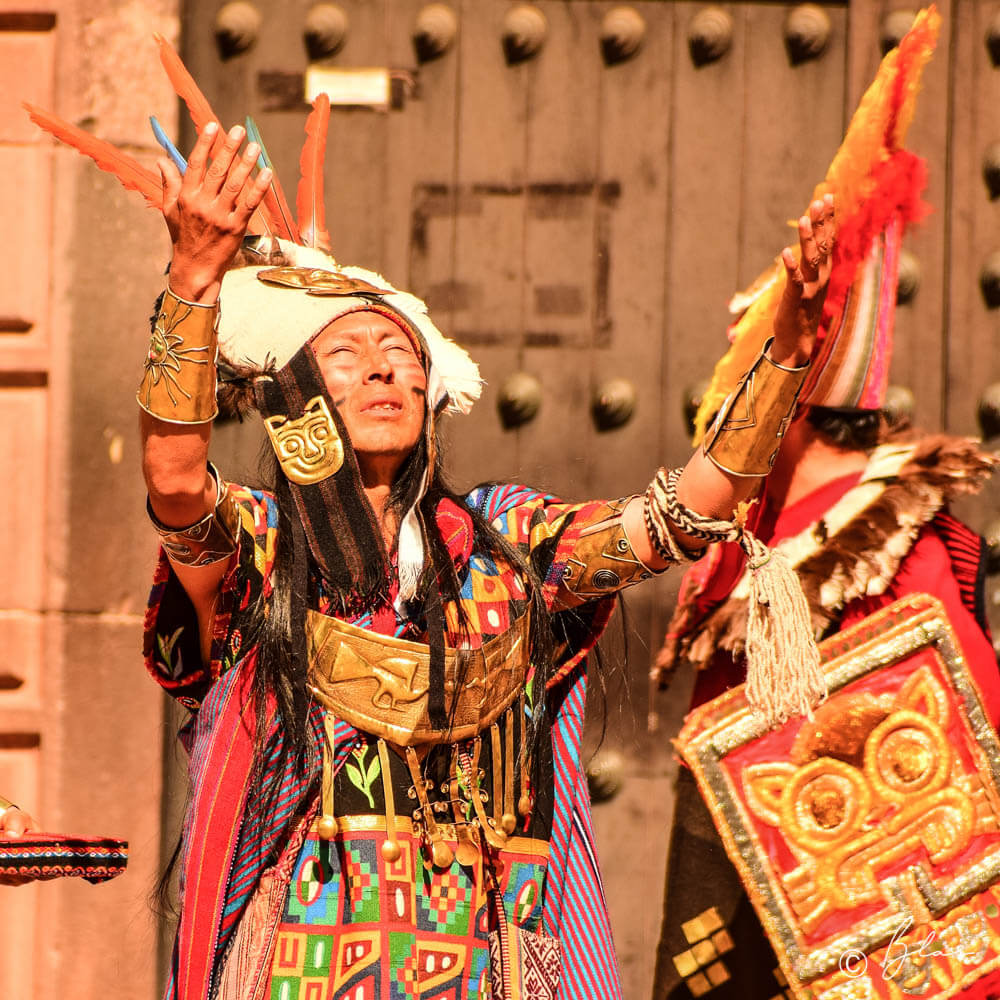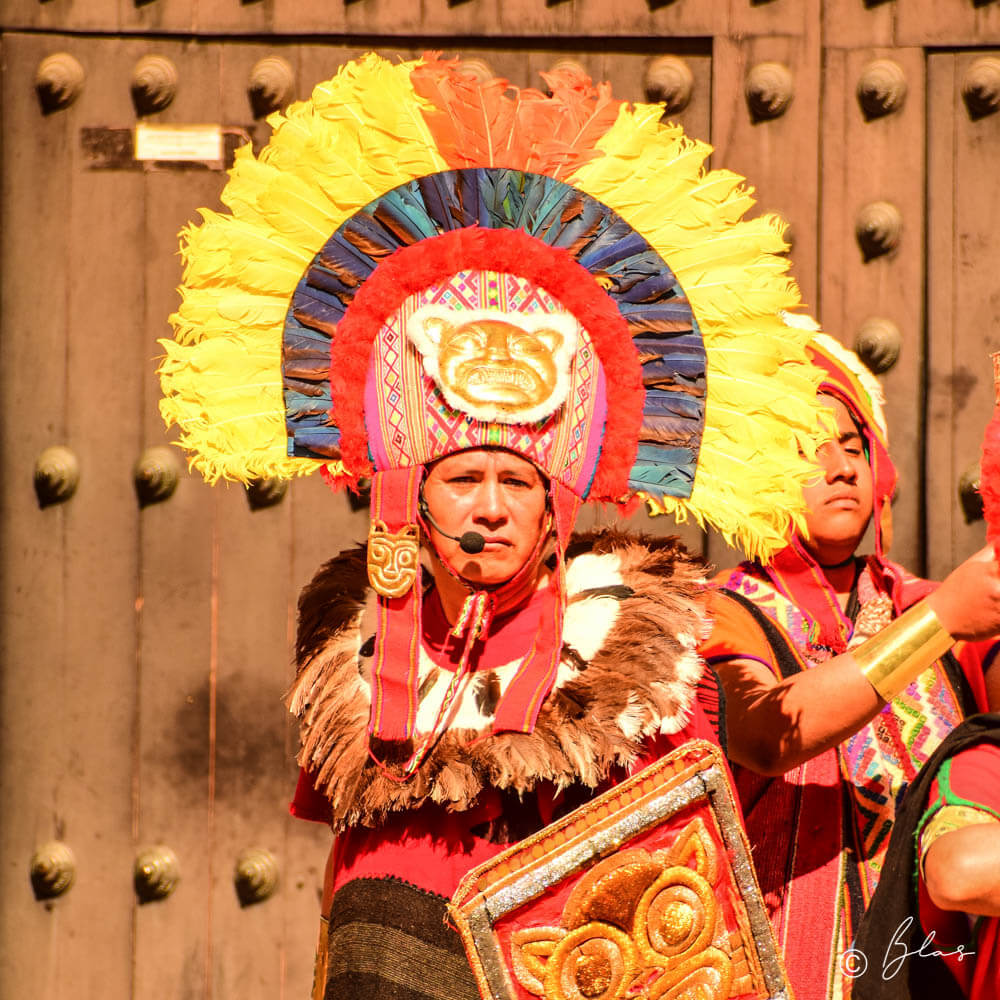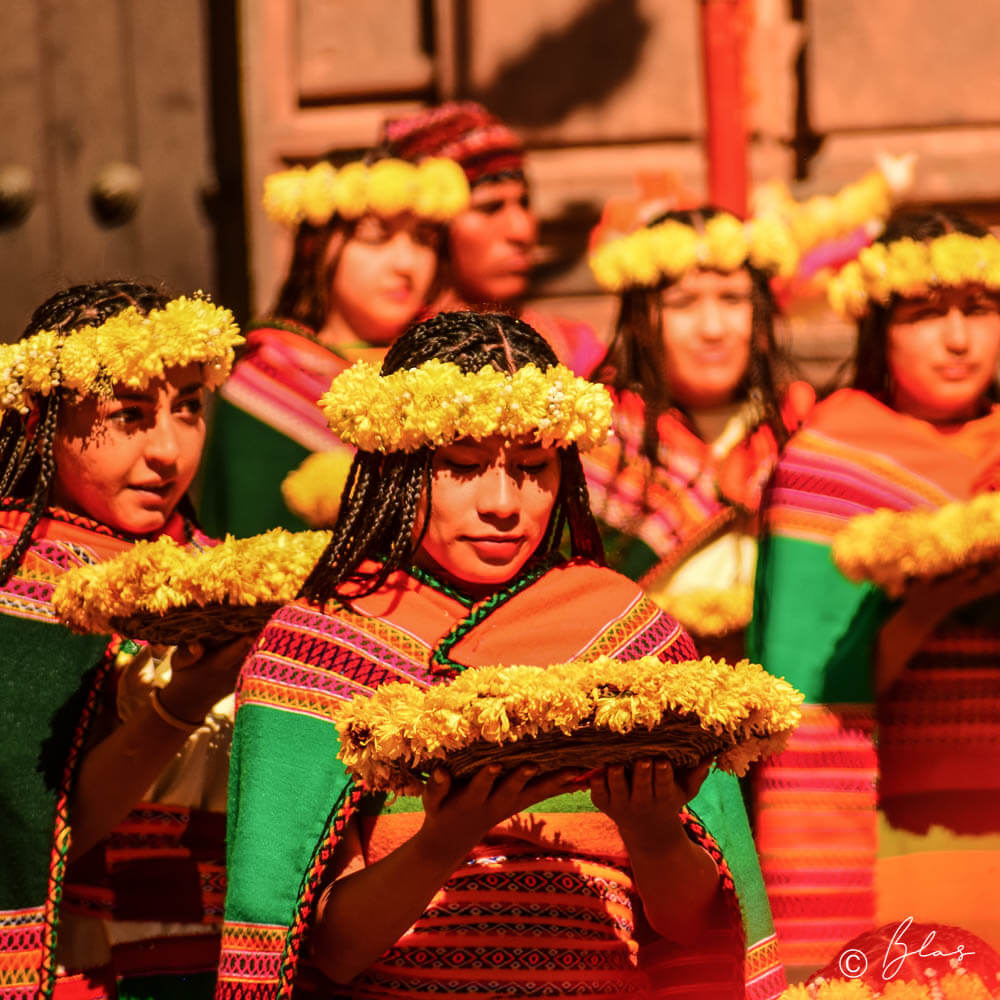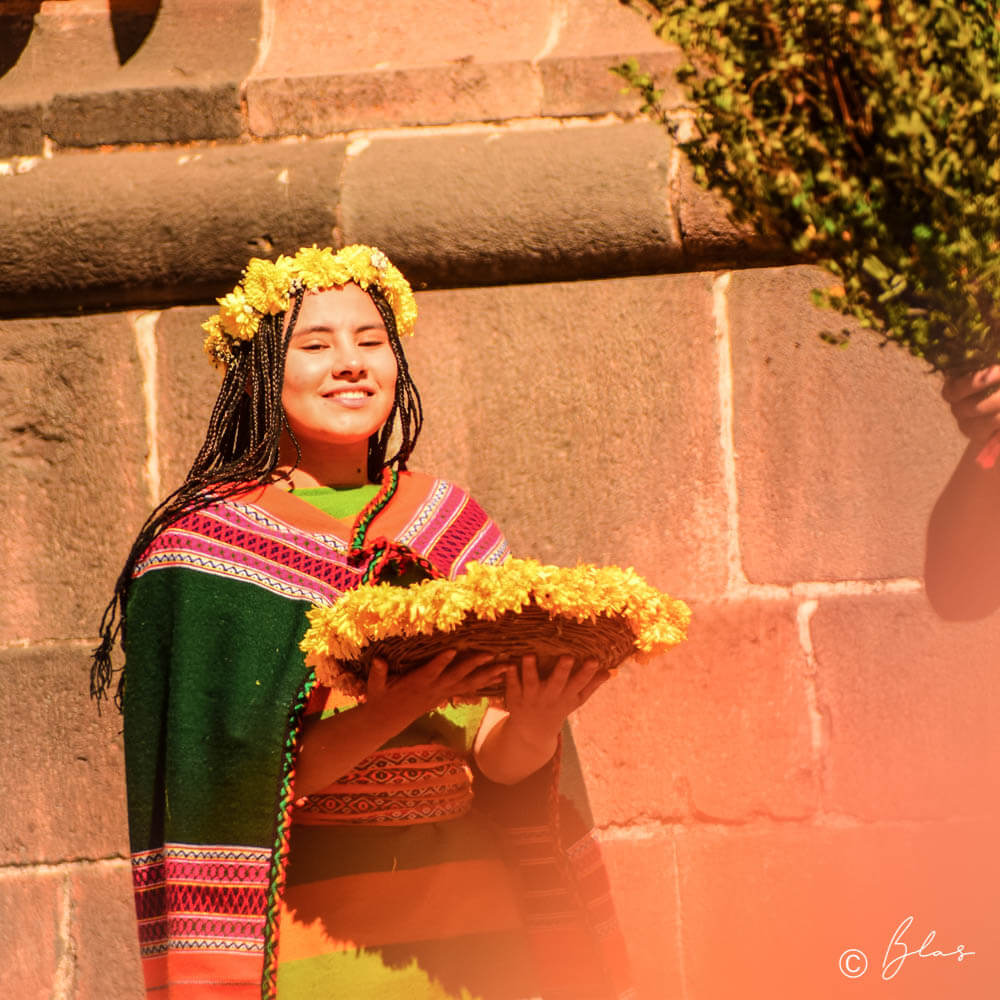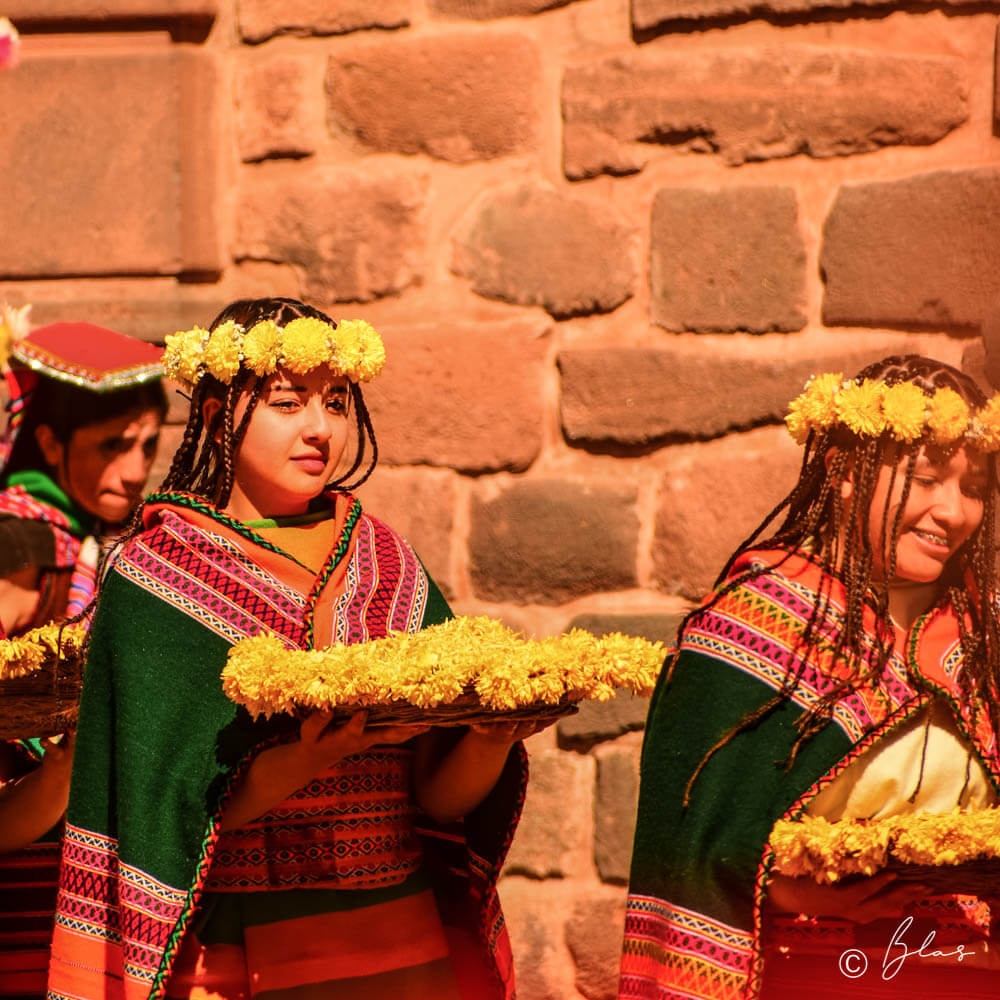Inti Raymi is a vibrant and ancient festival celebrated in the Andean region, specifically in Peru, to honor the sun god, Inti. With a rich historical significance, this cultural event showcases the deep-rooted traditions of the Inca civilization and its enduring influence on the region. In this article, we will explore the origins, rituals, and modern-day celebration of Inti Raymi, shedding light on its symbolic importance and the cultural legacy it carries.
Historical Significance of the Sun Festivity
The Inca civilization, renowned for its advanced engineering, astronomical knowledge, and complex social structure, held the sun in high reverence. Inti, the sun god, was regarded as the primary deity, symbolizing life, fertility, and prosperity. The Inca people believed that their emperor, known as the Sapa Inca, was a direct descendant of Inti, and thus, the connection between the sun and their rulers was deeply intertwined.
The Sun Festivity can be traced back to the Inca empire, which flourished between the 13th and 16th centuries. It originated as a religious ceremony to honor the sun god and express gratitude for a bountiful harvest, ensuring the continuation of life-sustaining agricultural cycles. Over time, Inti Raymi became a grand spectacle, marking the winter solstice and the start of a new agricultural year.
Celebration and Rituals of Inti Raymi
The celebration takes place on June 24th, during the southern hemisphere’s winter solstice, in the city of Cusco, Peru. The festival begins with a colorful procession from the historic Plaza de Armas to the ancient fortress of Sacsayhuamán. Participants, including actors and dancers dressed in traditional Inca attire, reenact the rituals and ceremonies that were once performed by the Inca nobility.
At Sacsayhuamán, the Sapa Inca presides over the festivities, representing the spiritual link between the people and the sun god. The ceremonial rituals involve the offering of prayers, music, dances, and sacrifices to Inti. While animal sacrifices were part of the original tradition, today, they are symbolically represented, emphasizing cultural preservation and respect for animal rights.
Modern-day Inti Raymi
After a decline following the Spanish conquest, the Sun Festivity experienced a revival in the early 20th century. Efforts to reconstruct and revive ancient traditions led to the reintroduction of the celebration as a significant cultural event. Today, the celebration attracts both locals and tourists from around the world, fostering an understanding and appreciation of Inca heritage.
The modern-day Inti Raymi is a fusion of historical accuracy and artistic interpretation. The festival provides a platform for indigenous communities to showcase their cultural heritage, fostering a sense of pride and preserving ancestral customs. It also contributes significantly to tourism, boosting the local economy and promoting cultural exchange.
Symbolism and Meaning of the Sun Festivity
The Sun Festivity holds deep symbolic meaning for the Andean people. It represents the cyclical renewal of life and gratitude for the sun’s energy, which sustains all living beings. The festival serves as a reminder of the interconnectedness between humans, nature, and the divine. It is a celebration of abundance, fertility, and the vital role of agriculture in sustaining communities.
Moreover, Inti Raymi plays a crucial role in preserving the cultural identity of the Andean region. It serves as a vessel through which traditions, beliefs, and ancestral knowledge are passed down to future generations. By participating in Inti Raymi, individuals not only connect with their roots but also contribute to the ongoing legacy of the Inca civilization.
Inti Raymi stands as a testament to the rich heritage of the Inca civilization and the enduring power of cultural traditions. This vibrant celebration serves as a bridge between the past and the present, connecting communities, and fostering an appreciation for the natural world. Inti Raymi continues to captivate hearts and minds, ensuring the sun’s blessings and the spirit of the Inca empire live on.
FAQs
1. What is the significance of Inti Raymi in Inca culture?
Inti Raymi holds immense significance in Inca culture as it is a festival dedicated to honoring the sun god, Inti. It symbolizes renewal, abundance, and the vital role of the sun in sustaining life and agricultural cycles.
2. How long does the Sun Festivity last?
The Inti Raymi celebration usually lasts for a full day, with various rituals and ceremonies taking place from morning till evening.
3. Can tourists participate in the celebration?
Yes, tourists are welcome to witness and participate in the Inti Raymi celebration. However, it’s important to respect the cultural significance of the event and follow any guidelines or restrictions set by the organizers.
4. What are some traditional rituals during the celebration?
Traditional rituals during the celebration include processions, prayers, music, dances, and symbolic offerings to the sun god. These rituals aim to express gratitude and seek blessings for a prosperous year ahead.
5. How can I experience Inti Raymi firsthand?
To experience Inti Raymi firsthand, you can plan a trip to Cusco, Peru, around June 24th. It’s advisable to check with local tourism authorities or travel agencies for specific details and arrangements regarding the festival.
Fortunately, Neotropic Peru Travel has expert travel advisors who can organize an unforgettable travel experience. Just contact us and we will prepare the best personalized itinerary for you.
